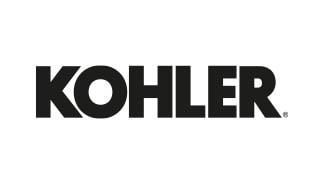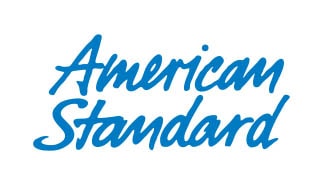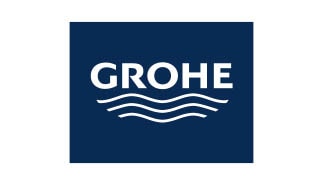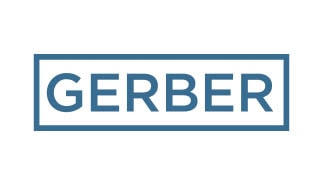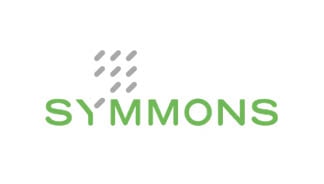Published on
January 28th, 2021Symptoms of Frozen Pipes and Remedies
If you own or manage a property of any size in New York City, watching out for freezing pipes in the winter is a must. Read on to learn about frozen pipes symptoms and remedies. Catching this problem early is key if you want to avoid problems with your plumbing system or even serious water damage from a burst pipe. If you’re a landlord, you also need to ensure that your tenants are protected from this common cold weather menace.
Reduced or No Water Coming from Taps
Cause
If you experience a sudden reduction in water flow, or if no water at all is coming from one or more taps (including only tepid water coming from the hot water spigot), think ice blockage in winter. A partial or complete blockage can act like a clog in your pipe. This means the pipe has been chilled long enough for ice to form in it, which is a sign you need to act fast before the pipe bursts.
Ice blockages can be caused by:
- Cold location in the building
- Poor insulation of the pipes and surrounding area
- Leaving the garage door open
- Turning down the heat too low when leaving the property
- Cold weather snap
Remedy
If only one or two taps are showing symptoms of a blockage, you may be able to warm up the pipes in that area and reverse the freezing. Try opening cabinet doors to leave the area under the sinks exposed to the heat of the surrounding room. If you can narrow down the spot, you can also move portable heaters close by and use a fan to direct warmth on the pipes. A hair dryer can also accomplish this. Important safety tip: never leave a hair dryer running unattended as this can be a fire hazard.
If none of your taps are working, either all the pipes have frozen, or an ice blockage has formed in a major pipe where water enters the building. It’s wise at that point to call your plumber immediately for an emergency call.
To prevent this from occurring in the future, you’ll need to consult with your plumber about how best to protect the pipes. You may need to insulate them or the walls better. If a tenant is turning down the heat too far in order to reduce energy consumption, tell them never to lower the thermostat below 55 degrees during winter. A programmable thermostat can help with this too. In truly bitter weather, it can help to leave taps running with a trickle of water, especially at night or when people are absent.
Frost, Ice or Condensation on Pipe
Cause
Often, before a pipe becomes clogged with ice, you may notice frost, ice, or water condensation on it. Never ignore these signs as they indicate that the pipe is too cold. Cycles of warmth and cold create these various phases of water on your pipes. Not only could your property suffer mold or mildew from dripping water, but the pipe may eventually freeze solid and burst.
Remedy
Pipes that are visibly displaying the signs described above need attention before it’s too late and you have a disaster on your hands. We’ve found that in many cases, insulating the pipes does the trick.
If you have access to the pipes, you can add your own insulation, using foam covers that snap around different pipe shapes to protect them from the cold. If you’re not sure if you’ve provided adequate coverage, ask your plumber. You may need to access some pipes within the wall too.
Burst Pipe
Cause
A burst pipe occurs when a pipe that has been frozen for a while breaks open. If freezing is the cause, the burst occurs when the pipe swells as the water expands until the pipe can no longer contain the ice. If your pipes are already clogged with mineral scale, which is common with hard water, it may not take much ice to cause them to rupture.
Remedy
Once a pipe has burst, you have a plumbing emergency on your hands. Call your plumber and follow the appropriate steps while you wait for their arrival. In the long term, you will need to work with your plumber to figure out why the pipes froze and apply the proper solution, such as insulation.
Appliances Malfunctioning
Cause
The same ice blockages that can result in no water emanating from your taps can cause certain appliances to malfunction. We see this most commonly with dishwashers and clothes washers as the pipes supplying water often run along cold exterior walls (see below). If no water is coming from your machine, or if your dishes or clothes remain dirty after a full cycle, the culprit may be an ice clog. You may also notice unpleasant smells or wastewater left in the bottom of the appliance if the drain pipe is the one that’s blocked.
Remedy
You have two options in this scenario. You can either shut off the water supply to these appliances and not use them on very cold days—not very practical—or you can insulate the pipes against future clogs. This is almost always a job for your licensed plumber, as it means working behind the appliances and sometimes inside the walls to provide sufficient insulation. In larger buildings, insulation may need to be applied on a large-scale basis across multiple floors.
Location in the Building
Cause
As mentioned above, pipes can become too cold and freeze due to their location in the building. Pipes on exterior walls are particularly susceptible to this, especially in parts of the structure that never see much sun or where they are exposed to more wind than elsewhere. Indirect signs that pipes aren’t getting enough warmth include:
- Insufficient hot water
- Tenants complaining of inadequate steam radiator heat
- Boiler or hot water heater cycling constantly
- High utility bills compared to neighbors with similar properties
Remedy
In this instance, providing good insulation is key to avoiding frozen pipes. You may need to insulate both the pipes themselves and the environment, which will help with overall energy costs.
Look for places that are the most susceptible to chills, such as attics, north- and east-facing walls, crawlspaces, and areas without heat, like basement laundry rooms. Sealing around windows and doors and using thermal windows or window treatments will help as well.
Are you worried your pipes are vulnerable to freezing? Need help insulating pipes or detecting possible ice blockages? Call Sanitary Plumbing at 212-734-5000, or use our online form to schedule an appointment. We’re available 24/7, whether you need routine service or have a winter frozen pipe emergency.
